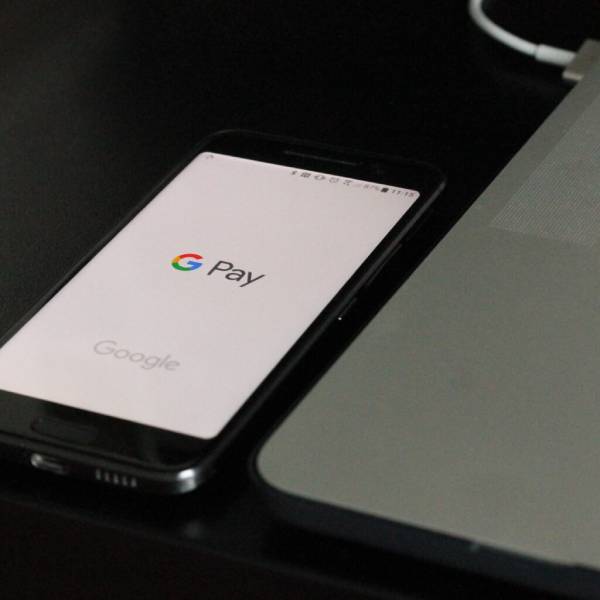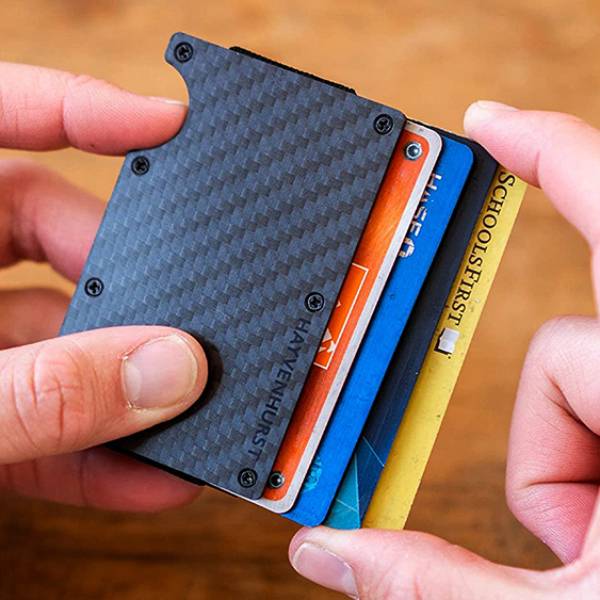Technology continues to evolve, offering various tools for financial management. Samsung has introduced two notable services: Samsung Pay and Samsung Wallet. Both tools have unique features and purposes. This article will explore Samsung Pay vs Samsung Wallet, providing insights into their functions, benefits, and potential drawbacks.

Understanding Samsung Pay vs Samsung Wallet
Samsung Pay: A Mobile Payment Platform
Samsung Pay serves as a mobile payment platform that revolutionizes the way users make transactions. It enables users to conduct transactions using their smartphones, offering a convenient alternative to traditional payment methods. With Samsung Pay, users can store credit, debit, and loyalty cards on their devices, making it easy to pay for goods and services. The platform utilizes Near Field Communication (NFC) technology and Magnetic Secure Transmission (MST), allowing users to pay at most points of sale where cards are accepted. This feature makes Samsung Pay a versatile and secure option for managing and conducting financial transactions on the go.
Samsung Wallet: An All-In-One Digital Wallet Solution
In contrast to Samsung Pay, Samsung Wallet is an all-encompassing digital wallet solution that goes beyond payments. It not only enables users to make payments but also stores tickets, passes, and other essential documents. Samsung Wallet provides a secure place to keep travel itineraries and event tickets, combining financial and organizational functions in one platform. This comprehensive approach to digital wallet services makes Samsung Wallet an indispensable tool for managing various aspects of users’ lives, from finances to travel and beyond. With Samsung Wallet, users enjoy the convenience of having all their important documents and payment methods in one secure and easily accessible place.
Features of Samsung Pay vs Samsung Wallet
Comparing Security Features of Samsung Pay and Wallet
When comparing Samsung Pay and Samsung Wallet, their security features are a key differentiator. Samsung Pay is equipped with robust security measures designed to protect users’ payment information. It employs tokenization, a technology that generates a random token for each transaction. This means that users’ actual card details are never exposed, providing a secure method for conducting payments. The peace of mind that comes from knowing your financial information is well-protected is a significant advantage of using Samsung Pay.
The Convenience of Samsung Wallet’s Integrated Functions
Samsung Wallet, on the other hand, offers a different set of features that focus on convenience and customization. It integrates various functions into one platform, allowing users to view and manage their stored items with ease. Whether it’s tickets, passes, or essential documents, Samsung Wallet provides a centralized location for all these items. Additionally, users can customize their experience, choosing which information to display prominently. This level of personalization enhances the convenience and accessibility of the wallet, making it a versatile tool for managing daily essentials. Samsung Wallet’s ability to consolidate and organize a wide range of items makes it an attractive option for users seeking a comprehensive digital wallet solution.
User Experience: Samsung Pay vs Samsung Wallet
The User Experience of Samsung Pay
User experience is crucial in assessing the effectiveness of digital payment services like Samsung Pay. Samsung Pay stands out for its simplicity, allowing users to set it up with ease and begin making payments within minutes. The platform’s straightforward interface ensures easy navigation, making it accessible even for those who are not tech-savvy. Moreover, the built-in compatibility with most Samsung devices further streamlines the payment process, ensuring a seamless user experience from start to finish.
While Samsung Wallet is also user-friendly, it does involve a bit more complexity compared to Samsung Pay. It requires users to efficiently organize various items, such as tickets and documents. However, once users become familiar with the interface, they can enjoy a smooth and organized experience. Samsung Wallet’s ability to manage multiple documents in one place is particularly appealing to those who value orderliness in their digital lives. This organizational aspect sets Samsung Wallet apart as a comprehensive digital wallet solution that not only stores payment information but also serves as a digital hub for essential documents.

Security Considerations in Samsung Pay vs Samsung Wallet
Advanced Security Measures in Samsung Pay
When comparing Samsung Pay and Samsung Wallet, security is a paramount consideration. Samsung Pay utilizes advanced security features to protect users’ financial information. Biometric authentication, such as fingerprint or facial recognition, ensures that only authorized users can access the app. This adds an extra layer of security, making it difficult for unauthorized individuals to use the service. Furthermore, the tokenization process used in transactions replaces sensitive payment details with a random token, safeguarding users’ financial data from potential hackers. With these measures in place, users can have confidence that their financial information is well-protected when using Samsung Pay.
Ensuring Security for Personal Documents in Samsung Wallet
While Samsung Wallet does not directly handle payments like Samsung Pay, it prioritizes security in a different context. The app focuses on securing personal documents and tickets, ensuring that users’ travel and event details are kept safe. Samsung Wallet operates with robust encryption measures, which encrypt sensitive information to prevent unauthorized access. This security feature provides peace of mind for users who need to manage and store sensitive documents digitally. By prioritizing the protection of personal information, Samsung Wallet demonstrates its commitment to user privacy and security in the digital wallet space.
Compatibility and Availability: Samsung Pay vs Samsung Wallet
Compatibility is another crucial factor in the Samsung Pay vs Samsung Wallet debate. Samsung Pay is compatible with most major credit and debit cards. It supports a wide range of banking institutions globally. Users can easily link their existing accounts to the app. Samsung Pay’s broad compatibility with major credit and debit cards, as well as its global support for banking institutions, makes it a robust choice for convenient payments, similar to how a Briefcase Bag serves as an all-encompassing organizational solution for men.
Samsung Wallet also supports various formats. Users can add tickets from multiple providers. This flexibility makes planning trips or events easier. However, Samsung Wallet’s success relies on the user’s frequent engagement with digital documents. Users must manage various file types actively.
Use Cases: When to Choose Samsung Pay vs Samsung Wallet
Choosing between Samsung Pay and Samsung Wallet may depend on individual needs. If someone often makes in-person purchases, Samsung Pay excels. The speed and convenience of tap-to-pay features are unmatched. Users can quickly make transactions without fumbling for cash or cards. For those prioritizing swift transactions, a Good Wallet like Samsung Pay offers unparalleled tap-to-pay convenience, making it ideal for on-the-go purchases without the hassle of cash or cards.

Conversely, Samsung Wallet proves advantageous for organized individuals. If someone frequently travels or attends events, storing tickets in one place is beneficial. Samsung Wallet allows for storing boarding passes and event tickets effortlessly. Users can streamline their travel experience without carrying physical documents.
Conclusion: Samsung Pay vs Samsung Wallet
In conclusion, Samsung Pay vs Samsung Wallet presents a choice based on personal preferences. Samsung Pay excels in facilitating quick, secure payments. Users appreciate its reliability and straightforward setup. On the other hand, Samsung Wallet provides superior organizational features. It consolidates various documents, boosting efficiency. Much like choosing between Samsung Pay and Samsung Wallet, selecting a Designer Briefcase Fashion is a personal preference, prioritizing either sleek payment integration or versatile organizational features for a refined carrying experience.
Ultimately, both services have unique strengths. Users can decide based on their daily needs. Whether it’s making payments or managing tickets, Samsung offers solutions for diverse lifestyles. As mobile technology continues to advance, these applications will likely evolve, further enriching user experiences.

